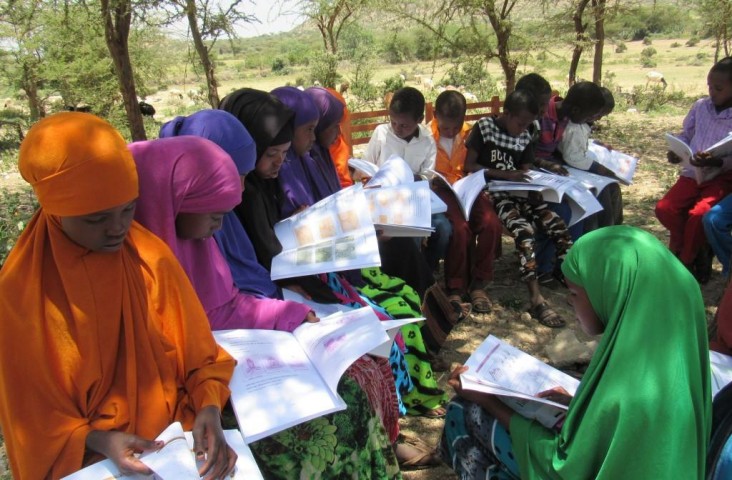ORGANIZATION FOR RESILIENT DEVELOPMENT AND EMERGENCY RELIEF (ORDER)
Education
In Somalia, the education sector is closely intertwined with the country’s humanitarian situation. Due to ongoing conflicts, political instability, and recurring natural disasters such as droughts and floods, access to quality education for children and adults alike has become a major challenge.
One of the critical aspects impacting education in Somalia is the displacement of populations. Many people have been forced to flee their homes due to violence and seek refuge in areas where educational infrastructure is limited or non-existent. This leads to overcrowded classrooms and a shortage of teachers, resulting in reduced learning opportunities for children.
Furthermore, the country has a high percentage of out-of-school children. According to UNICEF, in 2018, approximately 2.7 million children aged 5-17 were not attending school. This alarming number can be attributed to various factors such as poverty, child labor, early marriage, cultural barriers, and gender inequality. Somali girls, in particular, face numerous challenges in accessing education, including societal norms, safety concerns, and limited resources.
Additionally, the quality of education is a significant concern in Somalia. A lack of trained and qualified teachers, inadequate teaching materials, and outdated curriculum all contribute to substandard learning conditions. Many schools lack basic amenities like electricity, clean water, and sanitation facilities, further hindering the learning process.

